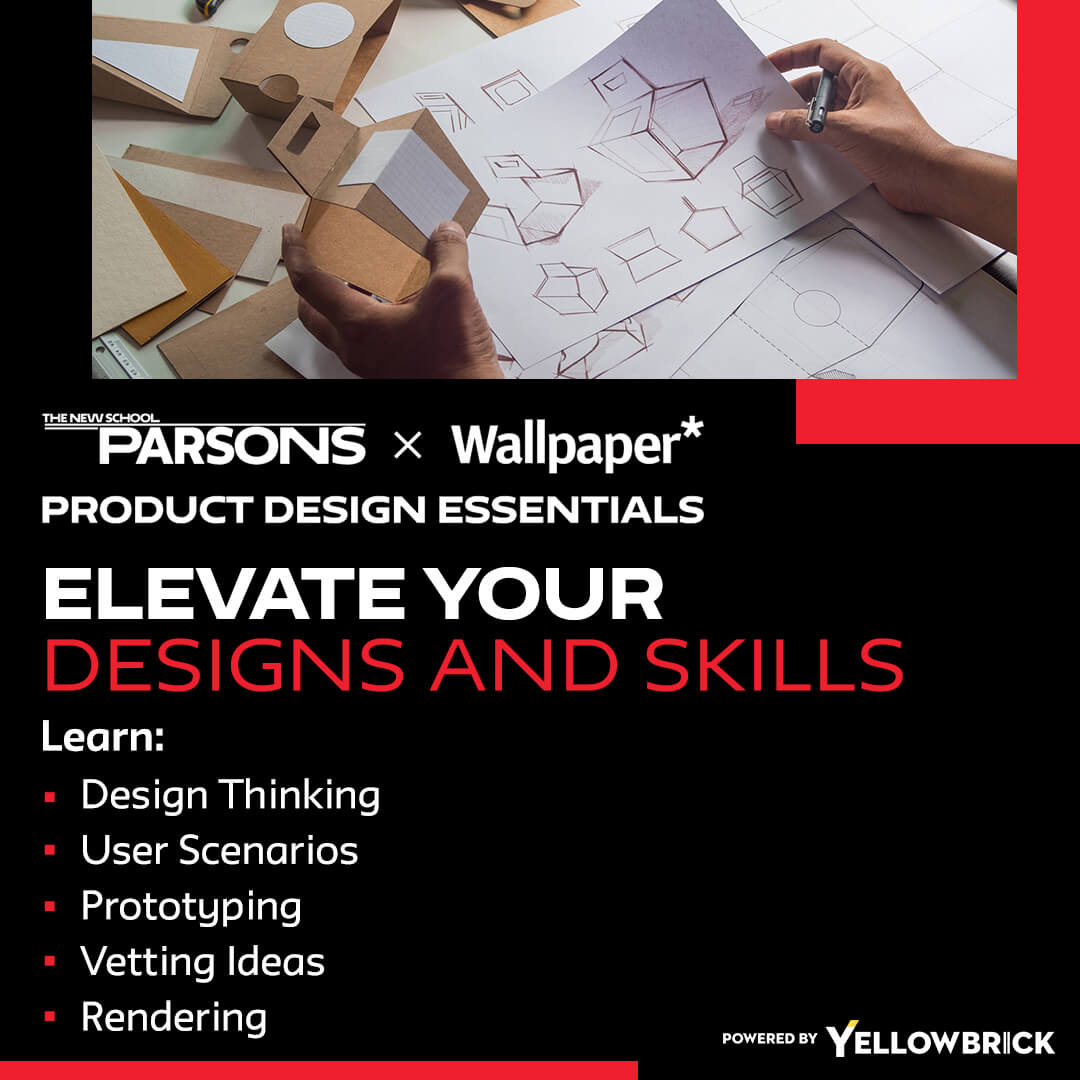Factors Influencing Product Design Freelance Rates
The rates for product design freelancing can vary greatly depending on several influencing factors, some of these key factors include:
- Experience and Expertise: Often, designers who boast a broad portfolio of experience and specialized skills can command higher rates as compared to their entry-level counterparts.
- Industry Demand: Specific industries or niches may have a higher demand for product designers, which can significantly impact the rates that freelancers can demand for their services.
- Project Complexity: As expected, the complexity and scope of a design project can greatly affect the effort and time required from the designer, thereby influencing their freelance rates.
- Client Budget: An understanding of the client’s budget and their willingness to invest in design services can help freelancers determine suitable and competitive rates.
- Location: The location of a designer can also affect freelance rates. Designers located in large cities, where the cost of living is typically higher, often command higher rates than those in smaller towns or regions.
Strategies for Setting Competitive Freelance Rates
Setting competitive freelance rates requires careful balance; pricing your services appropriately to reflect your skills and experience, while staying competitive in the market. Some effective strategies include:
- Market Research: Conduct thorough research to understand the average rates charged by product designers in your region or industry to ensure your rates are competitively priced.
- Value-Based Pricing: Consider the value your design services will provide clients and price your services accordingly, based on the impact of your work, rather than just the hours put in.
- Hourly vs Project-Based Rates: Decide whether to charge clients an hourly rate or a project-based rate, making a choice depending on the scope and nature of each project.
- Account for Overheads: When setting your rates, factor in your overheads. These include business expenses, equipment costs, software subscriptions, and taxes.
- Review and Adjust Rates: Regularly review and adjust your rates based on factors such as your growing experience, skill development, and market trends to stay competitive in the industry.
Negotiating Freelance Rates with Clients
Effective negotiation skills are vital for product design freelancers, allowing you to secure fair compensation for your design services. Some important tips to consider:
- Understand Your Value: Be prepared to clearly articulate the value you bring, how your design services will contribute to the project and the ways in which your unique expertise can help achieve project goals.
- Set Clear Expectations: Establish clear scope, timelines, and deliverables for the project to avoid scope creep and ensure all parties are clear on the terms of the project.
- Communicate Professionally: Maintain open and transparent communication with clients throughout the negotiation process to build trust and foster positive long-term relationships.
- Be Flexible: While it’s important to assert your worth, be open to negotiation, potentially offering package deals or additional services to accommodate a client’s budget constraints.
- Document Agreements: Once an agreement is reached, ensure all terms and rates are properly documented in a contract to protect both parties and prevent future miscommunications or misunderstandings.
Conclusion
Setting and negotiating product design freelance rates is both an art and a strategy. By understanding the factors that influence pricing, applying smart rate-setting methods, and developing strong negotiation skills, freelancers can secure fair compensation while building long-term client relationships. In a competitive market, knowing your worth and confidently communicating it is the key to sustaining a successful and rewarding freelance career.
Key Takeaways:
- Experience, project complexity, and industry demand are major factors influencing freelance product design rates.
- Market research and value-based pricing help set competitive and fair rates.
- Clear communication and documented agreements are essential for smooth client relationships.
- Regularly reviewing and adjusting rates ensures long-term competitiveness.
For further advancement in your design career and to gain valuable skills in product design, consider enrolling in the Parsons Product Design Essentials online course and certificate program offered by Yellowbrick.







